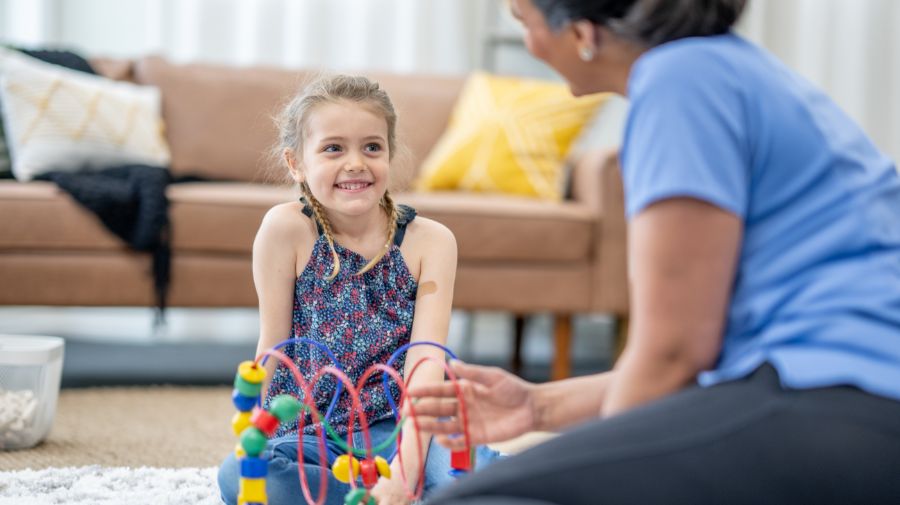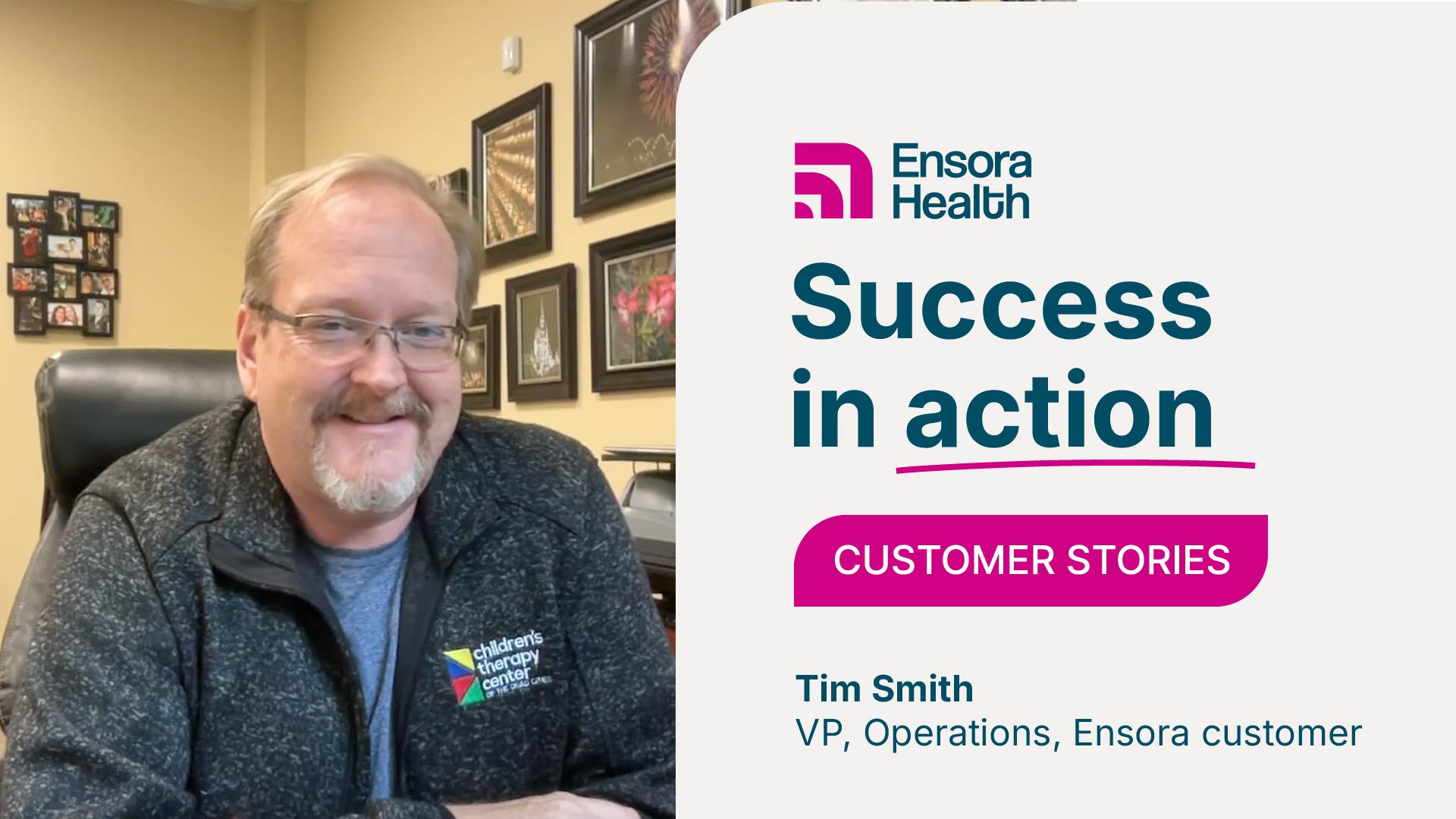How to develop long-term pediatric OT goals for socialization

Goals give you a picture of the future that serves to motivate — you and your client can work together toward making goals a reality. Goals also help track achievements and provide a great benchmark for progress. But not all goals are created equal. For goals to work effectively, they need certain components. In this post, we look at how goals can serve you and your clients, best practices to follow, and practical examples that will help you see what good goals look like in action.
How effective goals help you and your clients
Effective goal-writing serves many purposes for your clients and you as a therapist. At a high level, goals provide the framework and structure for the work you’ll do with your clients. But they do so much more than that. Here are a few of the reasons you’ll want to prioritize this important aspect of documentation.
- Get paid faster — Goals can benefit your practice financially as well. Insurance companies require them, and your claims have a reduced chance of being rejected when you provide clear, specific goals proactively. This can speed up the reimbursement process to get your reimbursement faster.
- Better planning — Knowing what you’re trying to achieve helps you to create a plan that will get you there. Goal-setting is like choosing a destination on a map and deciding which roads will lead you to that location. You can better plan when you know where you’re going.
- Easier progress tracking — By comparing where your client is with treatment relative to established goals, you can determine if your client is progressing as expected or if you need to implement changes to improve the efficacy of the treatment.
- Enables other team members to participate — With goals in place, other team members can more easily jump in to cover your vacation time or if you are out unexpectedly.
- Motivate clients — Having a targeted outcome that you share with your clients can help motivate them and keep them on track with their therapy. The work your clients do isn’t easy. Getting buy-in for the goals you set jointly provides them with something to look forward to, particularly for the older children. You can even use goals to motivate younger children when you review progress with them.
Best practices for pediatric OT goal writing
Well-written goals have certain qualities that help make them actionable. Goals should be:
- Simple — Focus on just one or two tasks for each goal so you can accurately track data towards the goals. By narrowing the focus, you can see progress more easily.
- Specific — Provide enough detail so you can measure a client’s progress. You should be able to easily identify when a client is having difficulty.
- Measurable — Define what constitutes goal attainment so you are able to quantify improvement. To do this, goals must be specific and have a definition of what success looks like.
- Descriptive — Include the details required with a description of allowed assistance for the client to complete the task. This provides a starting point for the client as they work toward being able to complete tasks on their own.
Following these best practices will help ensure your goals serve their purpose and fulfill payer requirements.
Examples of effective pediatric OT long-term goals for socialization
Let’s get practical and look at some examples of goals for socialization in action. You want to be sure the goals implement best practices without being longer than necessary. Here are some examples of good goals and why they work.
1. Amanda will share a toy with a playmate with no assist during unstructured play 2 out of 5 times with 50% verbal cues for improved peer interaction and to engage in cooperative social play interactions.
Why it works: This goal is very specific as to what Amanda is expected to do, what support she can have to assist her, and what defines success.
2. Mikel will reduce inappropriate verbal comments (such as “you are a jerk” or “I hate you”) to three times a week or less and will respond appropriately when his feelings are hurt (talking to a teacher or parent, using words, staying calm, walking away) with limited assist and 25% verbal cues in 3 out of 5 trials to improve social-emotional skills.
Why it works: This goal specifically outlines what success looks like, making it easy to measure. It demonstrates the appropriate responses for Mikel with examples as well as the inappropriate behavior he is expected to reduce.
3. Jason will accept changes in his schedule/routine by exhibiting appropriate behaviors (following through on the change without negative verbalization, heightened emotion, or a tantrum) 5 out of 5 times with verbal and visual clues 25% of the time to improve narrative discourse skills.
Why it works: This goal can be easily measured and is specific in terms of the expectation and what behavior is not acceptable.
4. Tanisha will relate information sequentially about past events, stories, or situations 3 out of 5 times when provided the opportunity to do so with 50% verbal cues for improved conversational skills.
Why it works: This goal is simple and clear as to what Tanisha is expected to do and explains the level at which her therapist or parents may provide assistance towards her goal.
Use these examples as a template for your goals to help ensure you include all the essential components of an effective goal.
Wrapping up
OT goal-writing is an essential part of how you help your clients and maintain the health of your practice. Goals help you create a vision for the future, define success, create a treatment plan, track progress, and iterate your plan as you go.






